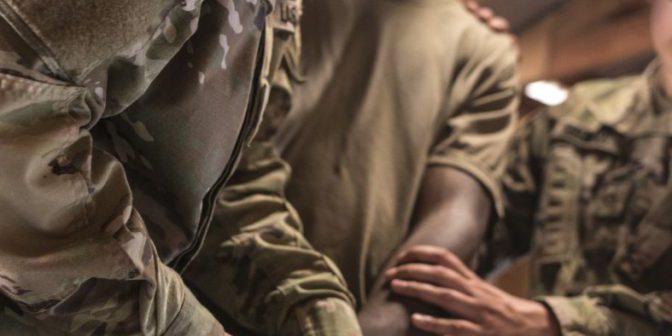WASHINGTON — As seen on TV, a crime scene investigator pulls a partial fingerprint off the shrapnel of a homemade explosive device and rushes it to his office. From there, it is handed off to the crime-lab examiner and scanned into the computer. Later, the fingerprint is matched to an individual, and the investigators head out to capture the perpetrator. In this scenario, the investigators use one type of biometric — a fingerprint — to identify a potential antagonist. The Army uses biometrics, measurable physical characteristics, or personal behavioral traits used to identify a person, similarly but in a different manner.
The Army, as the executive agent for the U.S. Department of Defense’s biometrics, leads the collection, storage, and sharing of biometrics. They use biometric identification tools to help cut through disguises, such as name changes, hair color, and gender alterations, to remove anonymity from a potential adversary.
In October 2022, the Secretary of the Army, Christine E. Wormuth, signed the U.S. Army Biometric Program, the first Army directive related to biometrics.


